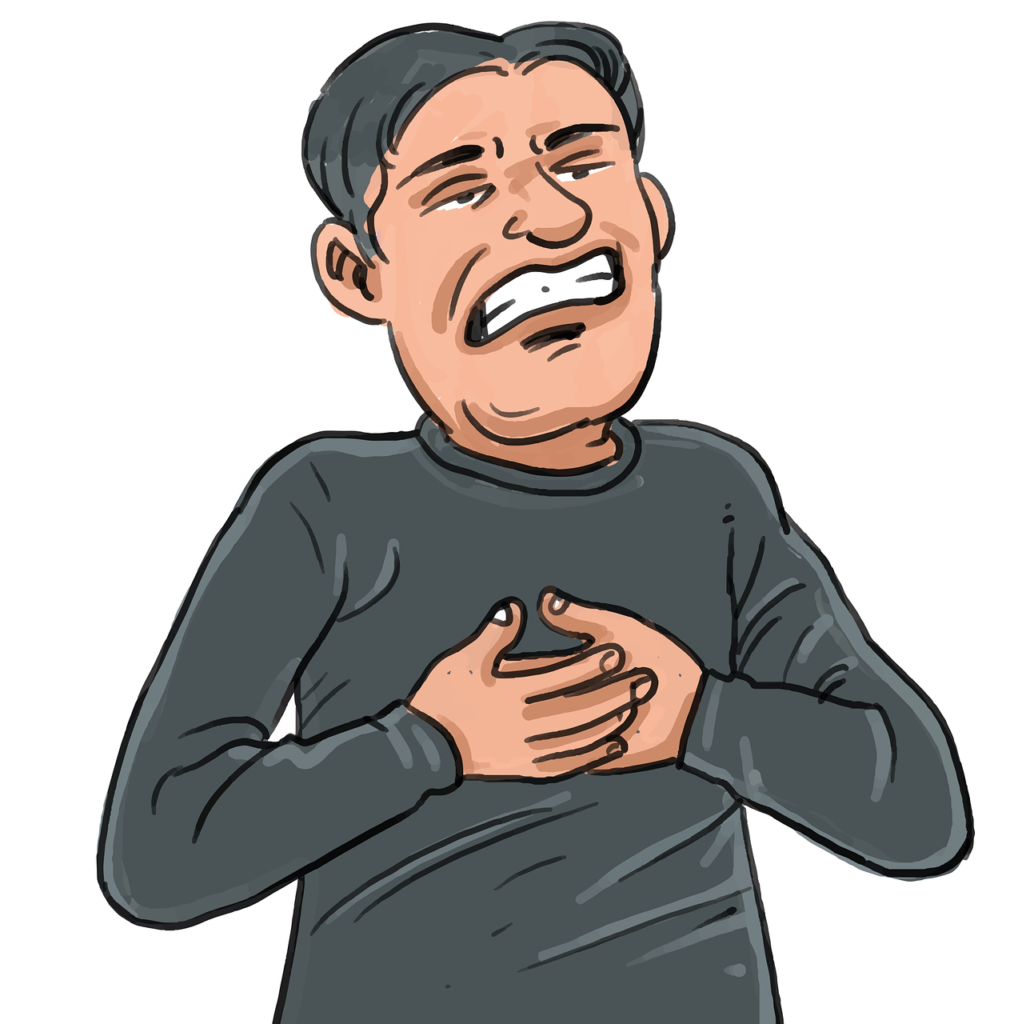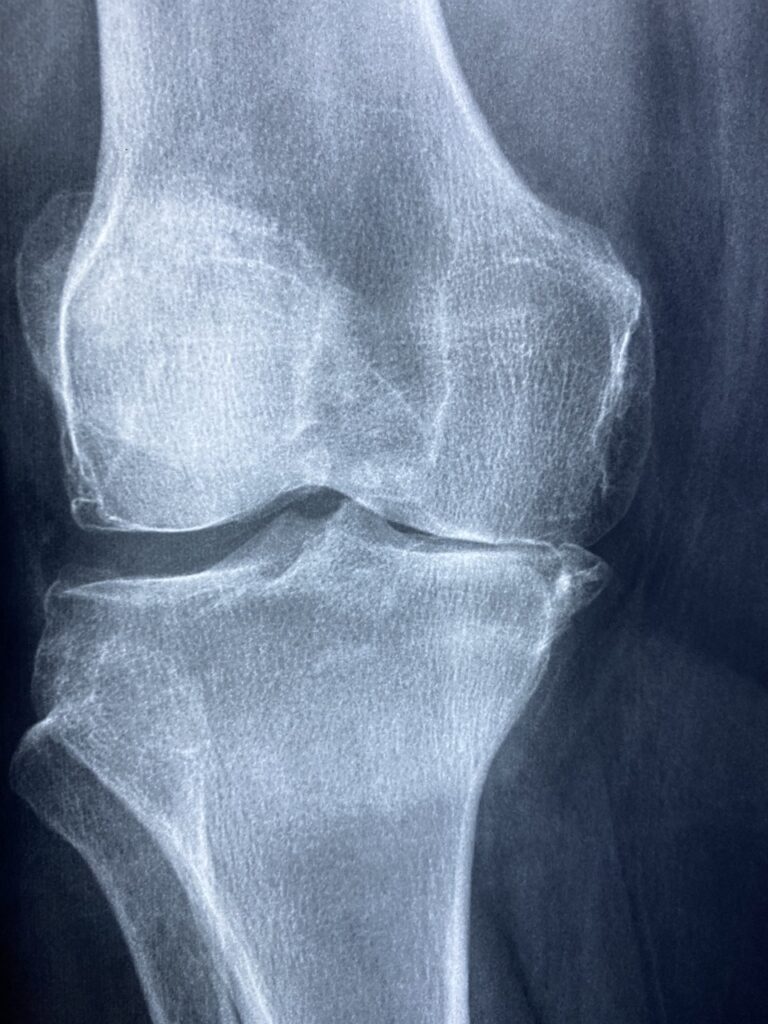Exploring the Depths of Cold: Unraveling the Chills
What is Cold? Cold, a pervasive presence in the tapestry of existence, is a phenomenon characterized by a dearth of thermal energy, casting its icy grip upon the world with chilling resolve. From the frost-kissed landscapes of winter to the frigid depths of polar realms, cold permeates the very fabric of our reality, leaving an indelible mark upon the human experience.
Types of Cold: Cold, a multifaceted entity, manifests in various forms, each bearing its own unique imprint upon the ambient environment. Some prevalent incarnations include:
- Chill: A subtle yet pervasive presence, chilling the air with its ephemeral touch and sending shivers down the spine of the unsuspecting.
- Frost: A crystalline tapestry adorning the landscape in delicate filigree, transforming the world into a shimmering tableau of icy splendor.
- Freeze: A potent manifestation of cold’s unforgiving embrace, solidifying water into a rigid state and immobilizing the world in its icy grip.
- Blizzard: A tempestuous onslaught of snow and ice, unleashed with ferocious fury upon the land, obscuring vision and paralyzing travel with its relentless onslaught.
- Permafrost: A frozen realm hidden beneath the earth’s surface, preserving the echoes of bygone epochs within its icy confines and shaping the landscape with its glacial touch.
Symptoms of Cold: The symptoms of cold, both tangible and intangible, may include:
- Shivering: A reflexive response to cold’s invasive incursion, signaling the body’s attempt to generate heat and maintain thermal equilibrium.
- Numbness: A pervasive absence of sensation, creeping insidiously across the extremities and enveloping them in its icy embrace.
- Pallor: A ghostly pallor suffusing the skin, a testament to cold’s constrictive influence upon the body’s vasculature.
- Lethargy: A profound sense of fatigue, weighing upon the spirit like a leaden mantle and sapping vitality with its chilling touch.
- Hypothermia: A life-threatening condition precipitated by prolonged exposure to cold, characterized by a precipitous drop in core body temperature and systemic dysfunction.
Causes of Cold: Cold, a complex interplay of meteorological forces and environmental factors, may arise from various sources, including:
- Atmospheric conditions: Cold fronts, polar air masses, and atmospheric disturbances can usher in frigid temperatures and blanket the land in a mantle of frost.
- Geographic location: Proximity to polar regions, high altitudes, or bodies of water can influence ambient temperatures and predispose regions to cold’s icy embrace.
- Seasonal variations: Winter’s chill descends upon the land with the waning of daylight, enveloping the world in its wintry embrace and transforming the landscape into a frozen tableau of icy splendor.
- Human activity: Artificial refrigeration, cryogenic processes, and industrial activities can generate cold artificially, harnessing its transformative power for a myriad of purposes.
Risk Factors for Cold: While cold’s insidious influence may spare no one, certain predisposing factors may exacerbate susceptibility, including:
- Age: The young and the elderly, with their diminished thermoregulatory capacity, are particularly vulnerable to cold’s icy grip.
- Socioeconomic status: Those lacking access to adequate shelter, clothing, or heating may find themselves disproportionately affected by cold’s chilling embrace.
- Medical conditions: Individuals with cardiovascular disease, diabetes, or thyroid disorders may be at increased risk of cold-related complications due to underlying physiological vulnerabilities.
- Behavioral factors: Reckless exposure to cold, inadequate preparation for inclement weather, and failure to heed warning signs may precipitate cold-related emergencies.
Diagnosis of Cold: Diagnosing cold’s pervasive influence upon the human condition requires a keen eye and an understanding of its subtle manifestations, including:
- Clinical assessment: A meticulous evaluation of the patient’s symptoms, medical history, and environmental exposures may provide invaluable insights into the nature and severity of cold-related afflictions.
- Physical examination: Examination of the skin, extremities, and vital signs may reveal telltale signs of cold’s insidious incursion, guiding clinical management and intervention.
- Ancillary investigations: Laboratory tests, imaging studies, and diagnostic procedures may be employed to elucidate the underlying etiology of cold-related symptoms and inform therapeutic strategies.
Pharmacokinetics and Pharmacodynamics: In the realm of cold’s influence, pharmacological interventions may play a pivotal role in mitigating its chilling effects, harnessing the intricate interplay of pharmacokinetics and pharmacodynamics to restore warmth and vitality to the afflicted.
Pharmacological Treatment:
- Vasodilators: Medications that promote vasodilation and enhance peripheral blood flow, counteracting cold’s vasoconstrictive effects and restoring warmth to chilled extremities.
- Analgesics: Pain-relieving medications may provide symptomatic relief for cold-related discomfort, soothing the body’s aches and easing the burden of frigid affliction.
- Anti-inflammatory agents: Drugs that mitigate cold-induced inflammation and tissue damage, attenuating the body’s inflammatory response and fostering a milieu conducive to healing.
Non-Pharmacological Treatment:
- Thermal insulation: Adequate clothing, protective gear, and thermal blankets may serve as bulwarks against cold’s inclement assault, shielding the body from its chilling influence and preserving vital warmth.
- Shelter: Seek refuge in heated environments, cozy sanctuaries where the icy tendrils of cold’s influence are held at bay and the spirit finds solace amidst the tempestuous throes of winter’s chill.
- Warm beverages: Sip steaming cups of tea, cocoa, or broth, imbuing the body with warmth and vitality and warding off the encroaching chill with each comforting sip.
Conclusion: Cold, a pervasive presence in the tapestry of existence, casts its icy grip upon the world with chilling resolve, leaving an indelible mark upon the human experience. From the frost-kissed landscapes of winter to the frigid depths of polar realms, cold permeates the very fabric of our reality, shaping our perceptions and shaping our interactions with the world around us. By understanding the causes, symptoms, risk factors, diagnosis, and treatment options for cold-related afflictions, we can navigate its treacherous terrain with resilience and fortitude, emerging unscathed from its icy embrace and embracing the warmth of life with renewed vigor and vitality.




